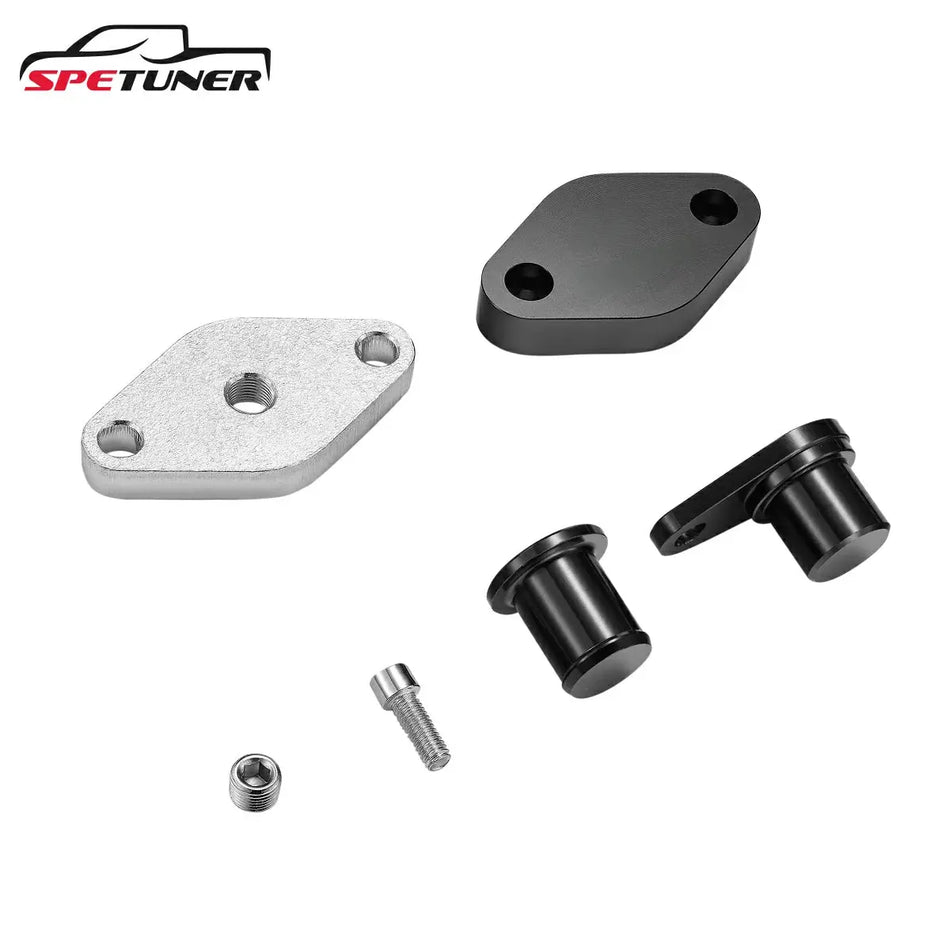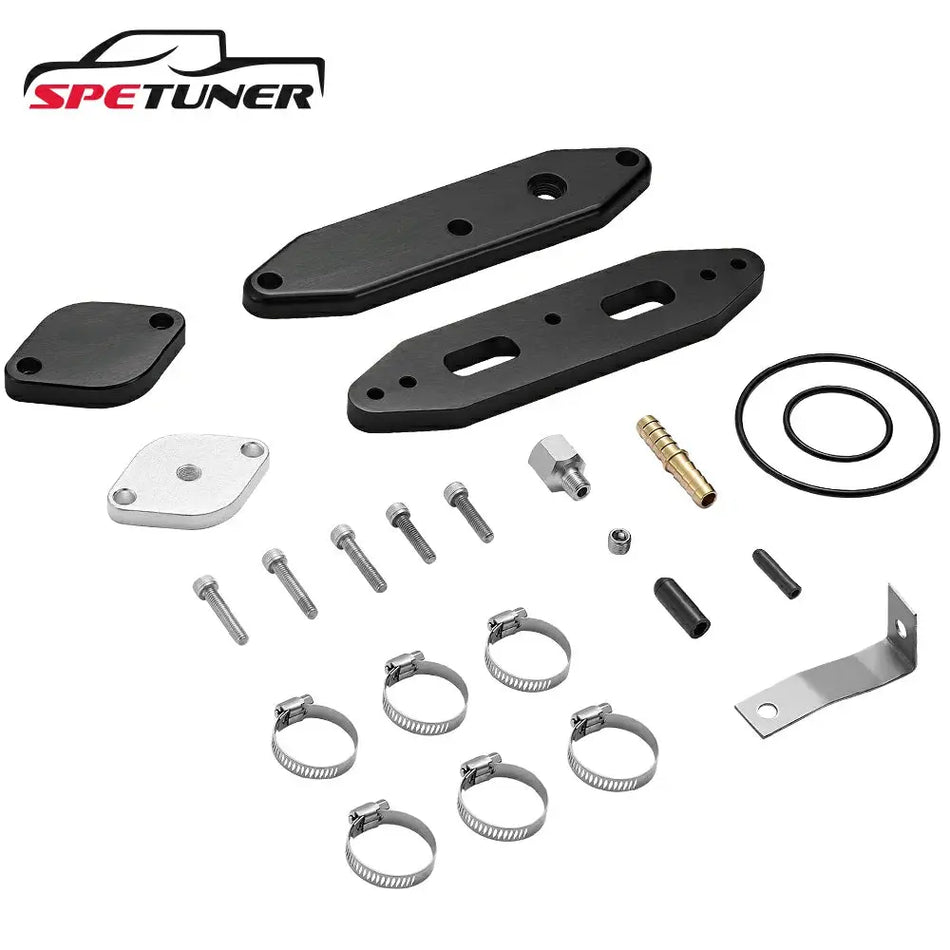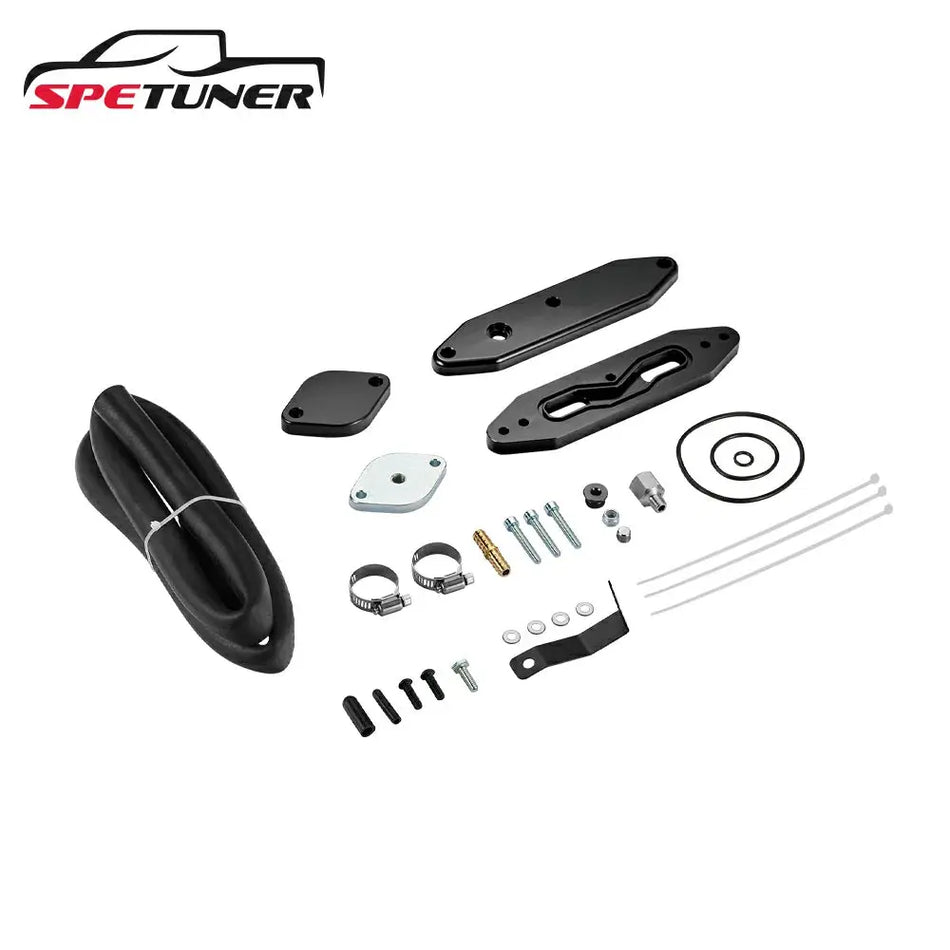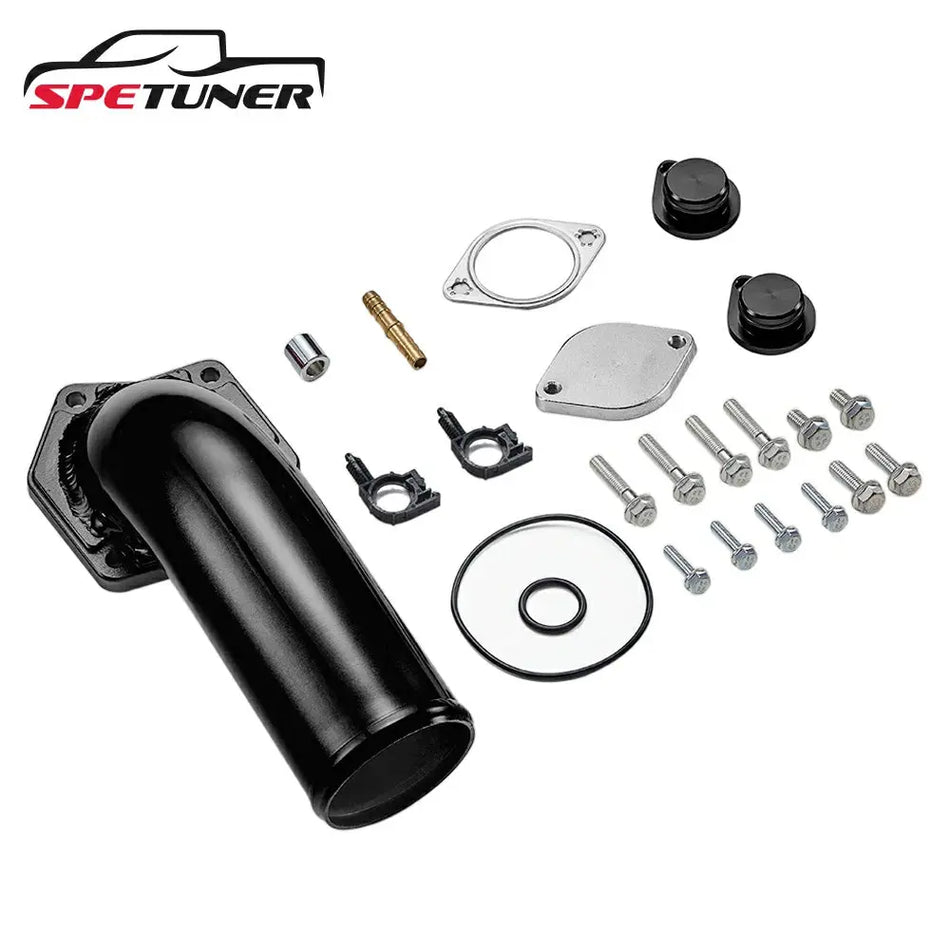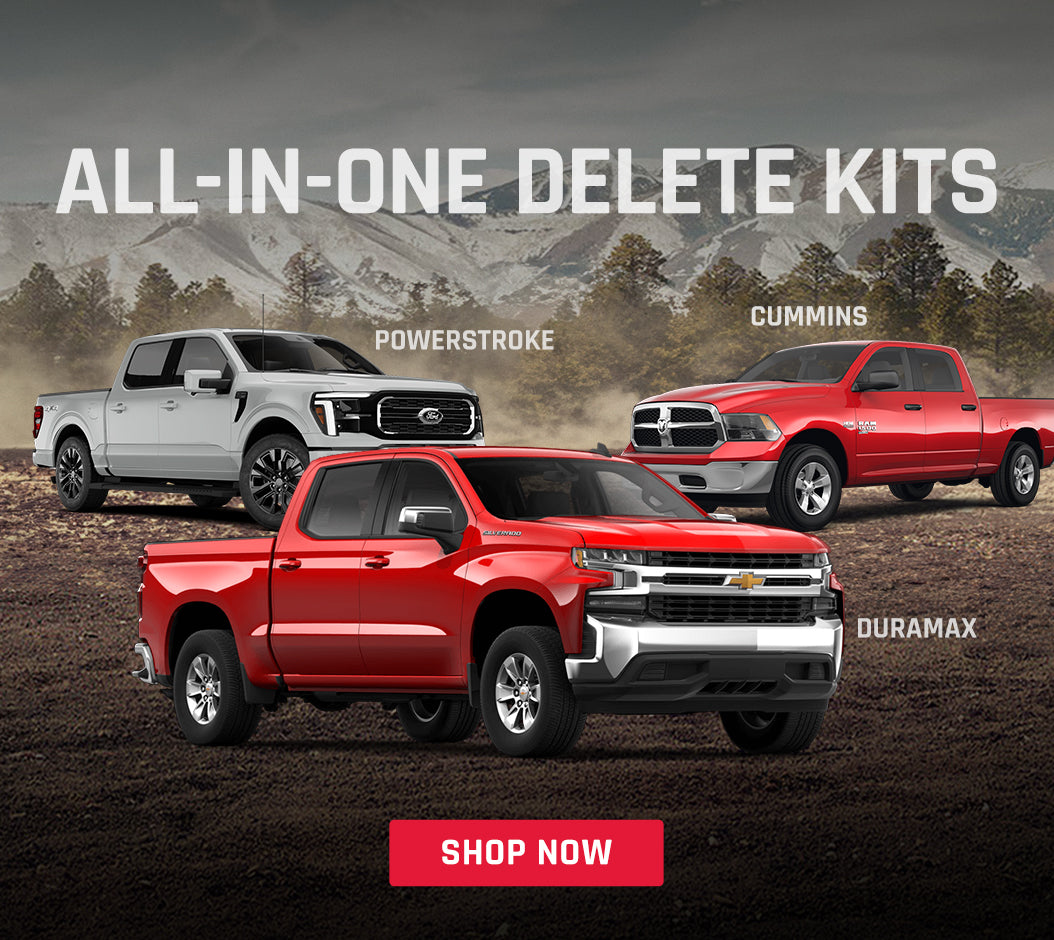When upgrading a diesel truck’s exhaust system, pipe diameter is one of the most critical choices. Truck owners often ask:
-
Does exhaust pipe size affect fuel consumption?
-
Is bigger always better for power?
-
Can an oversized exhaust hurt performance?
This guide breaks down everything you need to know about how exhaust pipe size affects performance, fuel economy, and long-term drivability, especially for diesel trucks like Power Stroke, Cummins, and Duramax.
How Exhaust Pipe Size Affects Performance
The Role of Exhaust Backpressure
Backpressure is the resistance that exhaust gases face when exiting the engine. An optimal exhaust diameter allows gases to flow freely without sacrificing exhaust velocity.
-
Too small = high backpressure → reduced power at high RPMs
-
Too large = low exhaust velocity → weak torque at low RPMs
📈 Small vs Large Diameter Pipes
| Pipe Size | Performance Impact | Best Use Case |
|---|---|---|
| 3"–3.5" | Higher velocity, better low-end torque | Stock or light towing |
| 4" | Balanced performance, lower EGTs | Daily driving + moderate towing |
| 5" | Maximum flow, ideal for high-HP builds | Tuned or deleted diesels |
Does Exhaust Pipe Size Affect Fuel Consumption?
✅ Yes, and Here's Why:
-
Efficient scavenging of exhaust gases reduces engine workload
-
Less backpressure = improved airflow, especially in turbo-diesel engines
-
Optimal sizing can improve MPG under load or highway cruising
But:
Going too large can reduce exhaust gas velocity, especially at low RPMs, leading to incomplete fuel burn and worse fuel economy for daily drivers.
Is It Better to Have a Bigger Exhaust Pipe?
Bigger Pipes = More Power? Not Always.
While larger pipes reduce backpressure and are beneficial at high RPMs, they aren't always the best choice. Consider:
-
Turbocharged engines benefit more from bigger exhausts (more exhaust volume)
-
On naturally aspirated engines, bigger pipes can hurt low-end responsiveness
-
Sound increase is also notable — larger pipes can make the truck louder
For diesel trucks with a turbo and tune, a 4" or 5" pipe can offer noticeable gains. But for stock builds, oversized systems might reduce efficiency.
What Happens If Your Exhaust Pipe is Too Big?
The Downsides of Oversized Exhaust Systems:
-
Loss of low-end torque: less backpressure = sluggish acceleration
-
Poor fuel economy: low exhaust speed reduces scavenging
-
Drone noise: large pipes can create unwanted in-cabin resonance
-
Fitment issues: bulky systems may interfere with the frame, suspension, or spare tires
Rule of thumb: match your pipe size to your power level and usage needs.
Choosing the Right Exhaust Size for Your Diesel Truck
Quick Recommendations
| Truck Type / Build | Recommended Size |
|---|---|
| Stock daily driver | 3.5" to 4" |
| Mild tune / light towing | 4" |
| Heavy towing / tuned | 4" to 5" |
| Race / off-road builds | 5" and above |
Final Thoughts
Yes, the size of the exhaust pipe does affect both performance and fuel economy. For diesel trucks, selecting the right pipe diameter is crucial to unlocking horsepower, improving fuel efficiency, and protecting your engine over the long term.
At SPETUNER, we help diesel truck owners select the ideal exhaust system for their driving style, power requirements, and budget.
Got questions about 4-inch vs. 5-inch exhaust systems?
Reach out to us today — we’re here to guide your build.


